Explore the timeless mystique of Varanasi, known as Kashi, and uncover its ancient secrets, enigmatic figures, and spiritual significance. Discover unique practices, intriguing myths, and the city’s cultural treasures in this captivating journey through one of India’s oldest and most revered cities
Kashi, also known as Varanasi, stands as a timeless city that predates the thoughts of Athens, the existence of Egypt, and even the imagination of Rome. Its ancient origins make it a place of profound significance.
Kashi isn’t just a city for living; it represents a unique system that transcends ordinary boundaries. It offers a path to break free from the limitations that bind us and connect with the vast universe.
At its heart, Kashi boasts 54 temples dedicated to Lord Shiva and 54 to Shakti. This symbolic representation mirrors the human physical structure, with its balance of ida and pingla energies. In essence, the entire city mirrors the human body.
In days gone by, Kashi was a vibrant center for music, art, education, and commerce. Its importance was so profound that even Albert Einstein acknowledged that Western science couldn’t have progressed without Indian mathematics, which had its origins in Kashi.
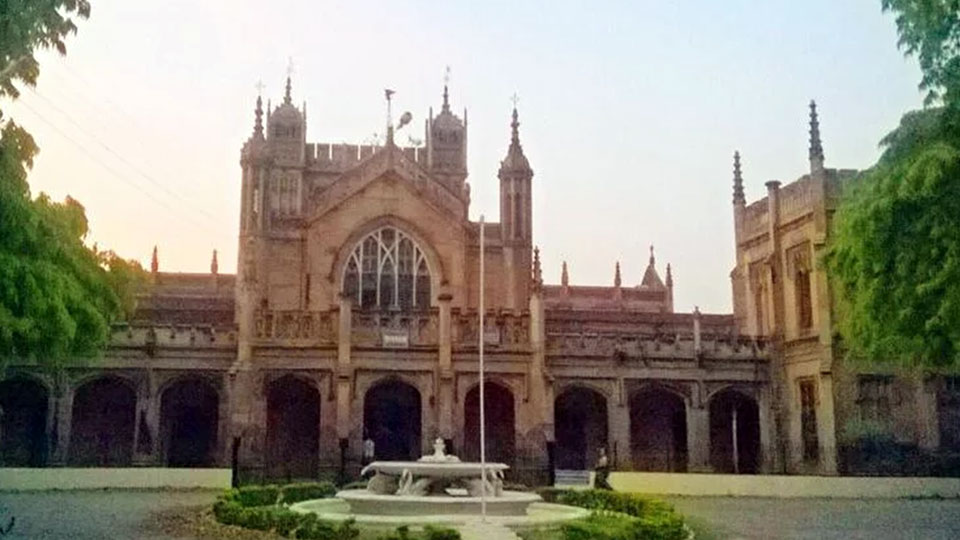
Throughout the ages, people from across the globe have flocked to Kashi for education and spiritual enlightenment. Even Gautam Buddha chose Kashi as the location for his first teachings. If you happen to be born in Kashi, your ultimate aspiration is to visit this sacred city.
Kashi is steeped in rituals, and it has served as a central hub for yagnas (sacrificial ceremonies). These rituals hold immense transformative power and can help individuals rediscover their inner selves.
Once someone is initiated into a particular sect or spiritual tradition, it’s crucial to focus solely on that path rather than seeking elsewhere. These practices and traditions were established for the betterment of humanity, even if people don’t always understand their full significance. The act of engaging in something meaningful is vital, thus creating a system and associated practices that help many individuals in various ways.
One such sacred ritual is the Saptarishi pooja, which pays homage to the initial disciples of Lord Shiva, known as the Saptarishis. These disciples were entrusted with spreading the message of Shiva. Legend has it that they sought guidance from Lord Shiva on how to worship him, and he imparted to them the ritual that remains unchanged to this day.
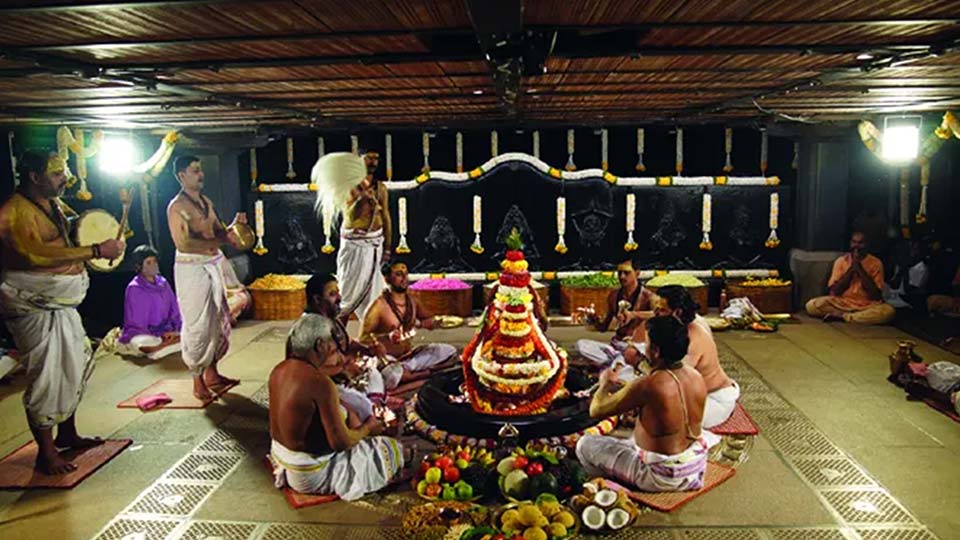
Kashi is often described as the most intricate and refined machine in the world. It’s a marvel to think that someone designed such a complex system, filled with intelligence and capability. The fundamental vision behind Kashi was to make it accessible to everyone, fostering inclusivity—a stark contrast to the prevailing bigotry in today’s world.
The essence of Kashi is to help individuals feel something beyond their ordinary senses, something perceived as beyond their control. This experience can lead to self-discovery and an expansion of consciousness.
In our human society, the key to transcending fragmented ideologies and connecting with a higher purpose lies in preserving such ancient systems. Sadly, these invaluable traditions are under threat, and their restoration is of paramount importance. While we have managed to survive the challenges of the past, the question remains: can we safeguard our heritage for the future?
Throughout history, we’ve witnessed the unfortunate trend of destroying the most important and cherished aspects of our universe, leaving behind only negativity. To cultivate a positive culture in our society, it’s imperative that we protect and nurture the treasures in our midst. Negative influences tend to proliferate easily, while fostering culture is a far more arduous task that requires time and effort.
Varanasi, with its overwhelming presence, boasts a total of 84 ghats, each possessing its own unique identity. For example, the Manikarnika Ghat is known for cremating the deceased. In all honesty, the more you delve into the depths of Varanasi, the more you find yourself enveloped in its enigmatic charm.
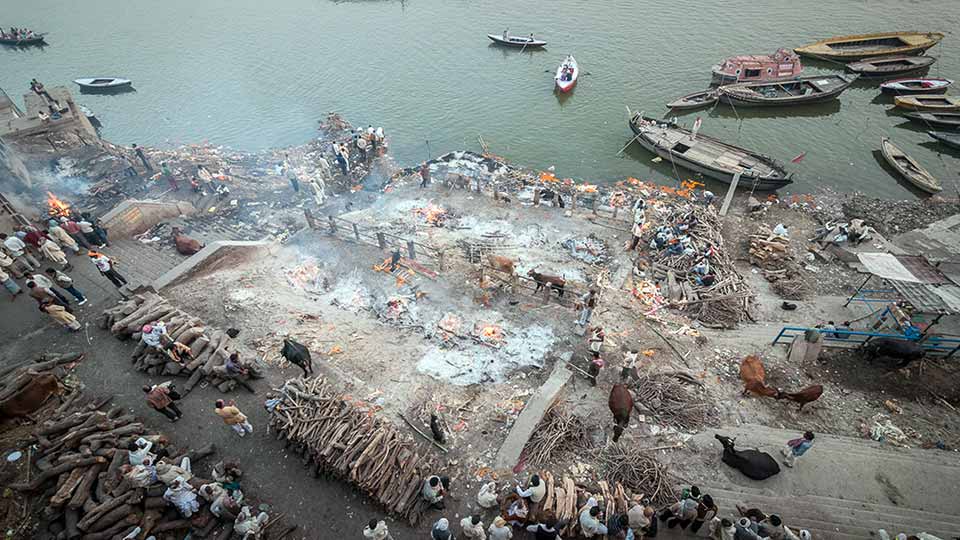
Varanasi, stands as an ancient and timeless city that predates many well-known civilizations. It’s not just a place to reside; it represents a unique system that connects humanity with the universe. Kashi’s profound rituals and traditions have drawn seekers from around the world for centuries. Preserving and cherishing these ancient practices is crucial for future generations. After diving deep into the mysticism of Kashi, let’s talk about the mystics of Kashi, because of which Kashi is what it is.
Aghoris

The Aghori Sadhus in Varanasi are deeply devoted to Lord Shiva and follow a unique form of Shaivism. They get their name from the Sanskrit word ‘Aghora,’ meaning ‘fearless,’ which truly reflects their practices. However, their rituals and customs are quite different and, to many, intimidating. These Sadhus are devoted to Lord Shiva and Kali Maa and are often seen wearing real human skulls and bones as bowls, and sometimes as jewelry.
They mainly live in cremation grounds, especially at Varanasi’s Ghats like Harishchandra Ghat and Manikarnika Ghat. Their distinct appearance and unusual practices set them apart from regular Hindu practices. They engage in activities like Black Magic and Tantric rituals, which can be quite unsettling to others.
The Aghori sect traces its origins to Baba Keenaram, who is believed to have lived for 170 years. Hinglaj Mata is considered their Patron Goddess. The Keenaram Ashram, their pilgrim place, houses the Krim-Kund, known for its healing properties.
While they have some unconventional practices like consuming alcohol and weed, meditating on corpses, and engaging in sexual activities near dead bodies for supernatural powers, it’s essential to note they do not harm living humans.
They also share food with animals and never cut their hair. Their rituals, including Shiva Sadhana and Shava Sadhana, are all dedicated to Lord Shiva.
During Mahashivratri, the Aghori Sadhus in Varanasi celebrate their unique traditions, making it an intriguing time to witness their practices and rituals.
Telang Swami

He is often called the “Walking Shiva of Varanasi,” lived an exceptionally long life, possibly spanning 200-300 years, as noted by Ramakrishna. Despite his age, he maintained a heavy weight of around 300 pounds despite eating sparingly. Telang Swami had a unique lifestyle; he rarely wore clothes, usually just a rudraksha prayer bead necklace.
One day, he performed a controversial act by bathing the deity Kashi Vishveshvara with his own urine and feces, provoking the outrage of a temple priest who slapped him. Remarkably, Telang Swami didn’t react and walked away.
That night, the King of Benares had a dream where Kashi Vishveshvara appeared and declared Telang Swami to be his essence, rebuking anyone who insulted him. The king sought to punish the priest but discovered that he had unexpectedly passed away.
In essence, Telang Swami, an enigmatic figure, lived an extraordinarily long life, maintained an unusual appearance, and was protected by the deity after a priest insulted him. The priest’s mysterious death further emphasized Telang Swami’s divine connection.
Goswami Tulsidas
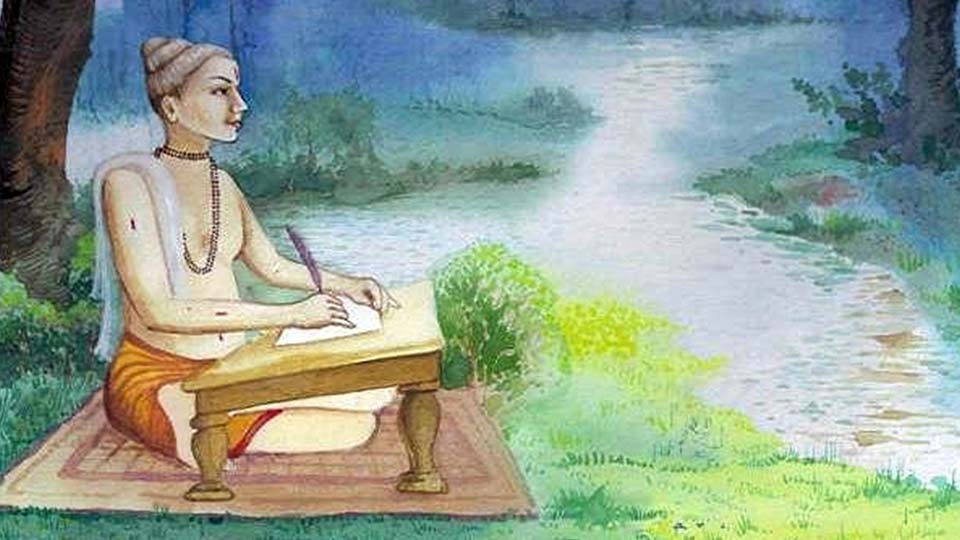
Tulsidas spent most of his life in Varanasi, where a ghat (riverbank) was named after him, called Tulsi Ghat. He wrote the Ramcharitmanas, a version of the Ramayana in a language called Awadhi, and is highly regarded as one of India’s greatest poets. Some even see him as a reincarnation of the ancient poet Valmiki. Tulsidas initiated the tradition of Ramlila plays.
There are different tales about Tulsidas’s marital status. In some versions, he was married, and he was deeply attached to his wife. Once, she left for her father’s home without telling him. When he found out, he braved a storm, crossed a swollen river, and reached her father’s place.
Upon seeing his dedication, his wife remarked that if he put as much devotion into worshipping Lord Ram as he did longing for her, he could have achieved great spiritual heights. This profound comment led Tulsidas to renounce his worldly life and become a sadhu (holy man). Tulsidas eventually passed away at the Assi Ghat in Varanasi.
Kabir Das
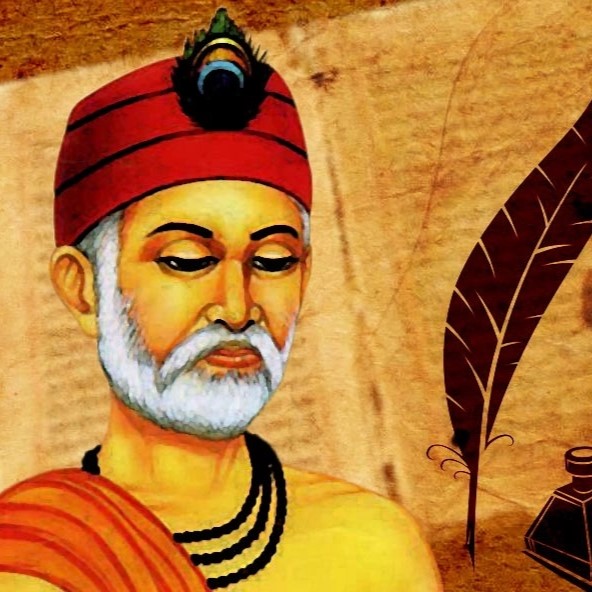
While there’s no exact birth date for the revered Hindi Saint Kabir Das, historians estimate he was born around 1440. Kabir’s origin is quite unique; he was born in Lahartara village, Varanasi, to a poor Brahmin widow who left him in a secluded place due to societal stigma. He was then taken in by a Muslim weaver couple, Niru and Nima, who had no children of their own. Thus, Kabir grew up in a Muslim family despite his Hindu birth.
Kabir learned the art of weaving, his family’s traditional livelihood, and balanced it with his spiritual journey. When he became older, he sought knowledge from St. Ramananda since his weaver family couldn’t afford formal education. Ramananda, a great teacher, imparted spiritual wisdom to Kabir. Kabir greatly respected his guru, as he once said, “I bow to both the Guru and God, but if both are present, whom should I salute first?”
In those times, education was focused on learning rather than writing, but writing was not neglected either. Interestingly, Kabir, despite his wisdom, never learned to write himself, as he expressed, “I didn’t touch ink and paper with my hands.”
In essence, Kabir Das had a remarkable life journey, born in unique circumstances, raised by a Muslim family, and guided spiritually by St. Ramananda, despite not being able to write himself.
Conclusion
In summary, Varanasi, also known as Kashi, is a magical and historic city with a complex tapestry of traditions that cut across time and culture. For millennia, its profound rites and spiritual importance have attracted people from all over the world, forging a special connection between mankind and the cosmos. We come across mysterious characters like the Aghori Sadhus, Telang Swami, Goswami Tulsidas, and Kabir Das in the mysticism of Kashi, each of whom adds to the city’s aura.
These stories of devotion, eccentricity, and spiritual enlightenment serve as a reminder of the continuing influence of religion as well as the complex historical fabric that permeates this enduring city. Kashi is still a shining example of tradition and wisdom that has to be preserved for future generations.
Frequently Asked Questions
Varanasi holds ancient spiritual secrets and mystical traditions that connect humans to the universe.
Kashi is special for its deep spiritual significance and being one of the world’s oldest inhabited cities.
Varanasi is known for its 84 ghats, where the famous Ganga Aarti takes place daily.
The “Mansa Devi Ghat” is believed to be cursed in Varanasi.
Aghoris are often found at cremation grounds, notably at Harishchandra Ghat and Manikarnika Ghat in Varanasi.
The rarest craft in Varanasi is perhaps the exquisite Banarasi silk weaving.
Varanasi is famous for its spirituality, ghats, Banarasi silk, Ganga Aarti, and ancient temples.
A myth suggests that Kashi was created by Lord Shiva for salvation and is a place where one can attain moksha (liberation).
Kashi is called Kashi because it is believed to shine as the “City of Light” and is a place where spiritual enlightenment can be achieved.
Bodies are cremated at Manikarnika Ghat as it is considered a sacred place where cremation leads to the soul’s liberation.
The death ritual in Varanasi involves cremating the deceased’s body by the sacred Ganges River, believed to grant liberation from the cycle of rebirth.
Meet The Author

Krishna Kishor
Greetings! I’m Krishna Kishor, currently pursuing an MBA at IMT Ghaziabad, where I’m honing my skills in business management. While my academic pursuits keep me grounded in the corporate world, my heart finds solace in exploring the spiritual and cultural realms of our diverse world.

